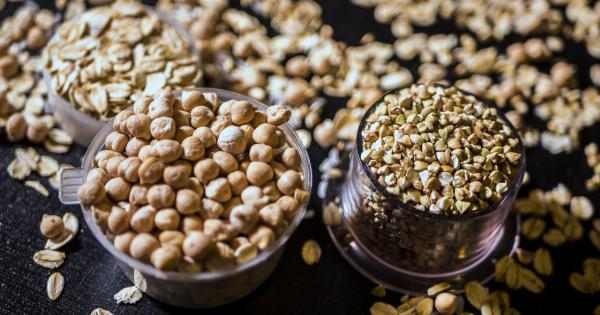In today’s fast-paced world, exercise and physical activity have become more important than ever. However, for individuals suffering from painful conditions, finding suitable forms of exercise can be challenging.
While high-intensity workouts might seem daunting, walking offers a beneficial and low-impact alternative. This article will explore the numerous benefits of walking for patients with painful conditions and why it can be a game-changer for their well-being.
The Role of Walking in Pain Management
Walking is a versatile and accessible form of exercise that can be tailored to suit individuals of all fitness levels. For patients with painful conditions, exercise is often a crucial component of pain management.
Walking not only helps in maintaining a healthy weight but also aids in improving cardiovascular health, strengthening muscles, and enhancing flexibility.
Benefit 1: Reduced Pain and Inflammation
Walking has been found to reduce pain and inflammation in various painful conditions, including osteoarthritis, fibromyalgia, and back pain. Engaging in regular walking promotes the secretion of endorphins, which are natural pain-relieving hormones.
Additionally, it helps lubricate the joints, reducing friction and discomfort.
Benefit 2: Improved Mental Health
Painful conditions often take a toll on an individual’s mental health. Walking can serve as a powerful tool to combat the negative psychological effects of pain.
It stimulates the production of serotonin and dopamine, neurotransmitters associated with happiness and well-being. Moreover, the rhythmic nature of walking can be meditative, promoting relaxation and reducing stress levels.
Benefit 3: Enhanced Energy Levels
Living with chronic pain can be physically and mentally exhausting. Surprisingly, incorporating regular walking into the daily routine can actually increase energy levels.
Walking boosts blood circulation and oxygen supply to the muscles and brain, thus improving overall energy and combating fatigue.
Benefit 4: Weight Management
Weight management is crucial for individuals with painful conditions, as excess weight can exacerbate symptoms and put additional strain on the joints. Walking is an effective low-impact exercise that burns calories and aids in weight loss.
It helps maintain a healthy body mass index (BMI), reducing the burden on the musculoskeletal system.
Benefit 5: Enhanced Bone Health
Osteoporosis and other conditions affecting bone health can be particularly challenging to manage. Walking is a weight-bearing exercise that stimulates bone growth and improves bone density.
Regular walking helps reduce the risk of fractures and strengthens the skeletal system.
Benefit 6: Improved Sleep Quality
Painful conditions often disrupt sleep patterns, leading to chronic fatigue and daytime drowsiness. Engaging in regular walking promotes better sleep quality.
It helps regulate sleep-wake cycles and relieves stress, allowing for more restful nights and improved overall sleep.
Benefit 7: Social Interaction and Engagement
Painful conditions can sometimes lead to social isolation and reduced engagement in activities. Walking provides an opportunity to connect with others and engage in social interactions.
Joining walking groups or simply strolling with a friend not only provides support but also adds an element of enjoyment to the exercise regimen.
Benefit 8: Improved Heart Health
Walking is an excellent cardiovascular exercise that benefits heart health. It strengthens the heart muscle, improves blood circulation, and lowers blood pressure.
Regular walking can reduce the risk of heart disease, stroke, and other cardiovascular conditions, which are often associated with painful conditions.
Benefit 9: Increased Flexibility and Joint Mobility
Many painful conditions are accompanied by reduced flexibility and limited joint mobility. Walking helps combat these issues by increasing flexibility and improving joint range of motion.
Regular walking promotes the release of synovial fluid, which lubricates the joints and allows for smoother movement.
Benefit 10: Long-Term Independence and Quality of Life
Preserving independence and maintaining a high quality of life are essential goals for individuals with painful conditions. By incorporating walking into their routine, patients can enhance their overall strength, endurance, and physical function.
This can ultimately contribute to long-term independence and an improved quality of life.































